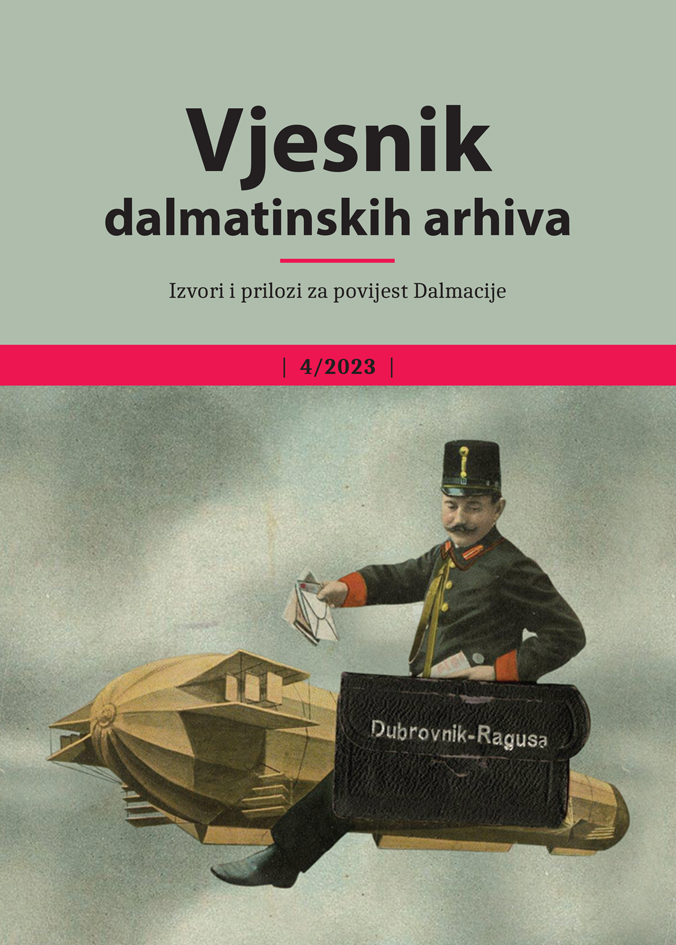From archival reference codes to identification codes and work identifiers: the process of standardization of reference codes in Croatian archival practice since the mid-20th century
Keywords:
archival reference codes, identification, citation, arrangement of archival materials, finding aids, information systemsAbstract
Archival reference codes are an important element of both finding aids and archival information systems. The role of reference codes for the precise citation of archival material is generally recognized both in the archival and the scientific community, and users are regularly instructed about the correct way to cite archival documents, either by a note in finding aids or by general instructions on the citing of materials from a particular archive. The standardized form of the reference codes of a fonds as prescribed by the ISAD(G), the General International Standard Archival Description is generally accepted in the Croatian archival community. The recently published Rules for Description and Access to Resources in Libraries, Archives and Museums (KAM) views reference codes as one of the possible identifiers of works that uniquely identify the archival unit, and provides instructions on the formation of different types of identifiers, including archival references codes. In this regard, this paper would like to draw attention to the different types of codes of archival units that can be found in finding aids, which are the result of the lack of clear instructions for the formation of reference codes. The paper presents and observes examples of different types of reference codes that are represented in the inventories of the State Archives in Zadar in the context of classic finding aids and archival information systems. Considering the issue of the formation of reference codes as an important component of the control of archival materials, the paper also points to the need for a manual on the intellectual and physical arrangement of material that would eliminate doubts regarding the principles of the arrangement of different types of fonds and collections and would harmonize the practice of different archives. The paper also highlights the need to create guidelines that would facilitate the application of the KAM Rules in archives where, among other things, the approach to the existing reference codes represented in practice should be defined.


